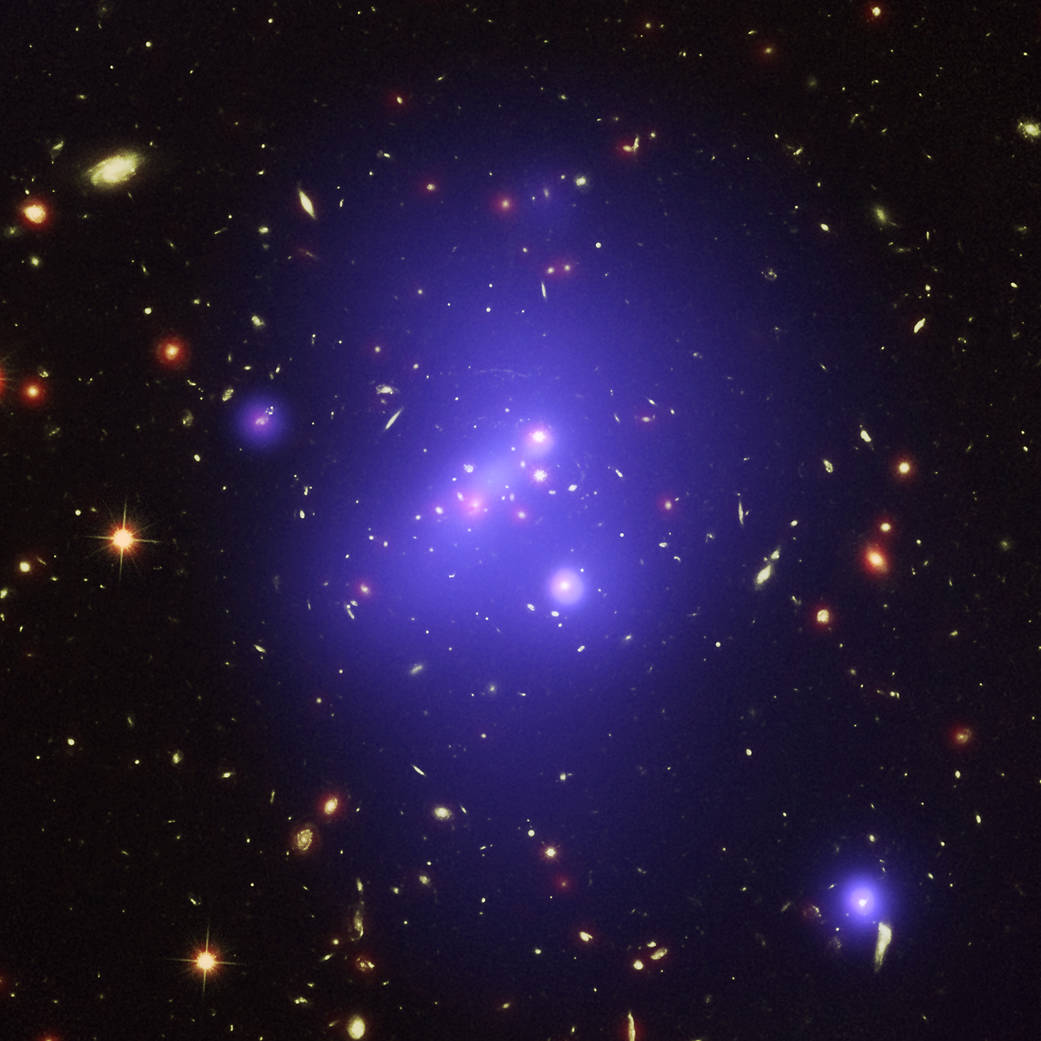Create a free profile to get unlimited access to exclusive videos, sweepstakes, and more!
Young galaxies throw tantrums one moment, sleep the next
Young galaxies can burst into star formation and then fall asleep. Now researchers are finding out why.

If you think humans get unpredictable when they hit the terrible twos (or terrible teens), try a growing galaxy.
Young galaxies can never sleep through a proverbial night. They can burst into star formation for a few million years and then just fall asleep for a few more. Now a team of researchers from the University of Nottingham in the U.K. and Centro de Astrobiología in Spain have studied some of the smallest and faintest galaxies in nearby reaches of the universe, trying to understand how some of the first galaxies ever might have formed, and it was anything but pleasant dreams.
Astrophysicist Alex Griffiths of the University of Nottingham, who co-authored a study recently published in Monthly Notices of the Astrological Society, and his colleagues used data from Gran Telescopio Canarias (GTC) SHARDS (Survey for High-z Red and Dead Sources). They also relied on some monster galaxy clusters for gravitational lensing effects that amplified the smaller galaxies enough to make them visible.
Griffiths and his team observed low-mass galaxies they thought were the most analogous to those that formed at the dawn of the universe, and gravitational lensing gave them an assist in finding those bodies of stars.
“What gravitational lensing does is magnify both the size and brightness of objects, allowing us to find analogues of these first galaxies, which would otherwise be too small and faint for even the most powerful telescopes to detect,” Griffiths told SYFY WIRE.
It was because of these observations that the researchers could see the smaller galaxies up close enough to get an idea of their star-forming behavior. Massive galaxy clusters create gravitational fields capable of magnifying the light from smaller, more distant galaxies that would otherwise be nearly invisible. Some possible culprits for the unpredictable galactic tantrums were thought to be galaxy mergers and black hole activity, though galactic mergers have now been mostly ruled out from fueling or stifling star formation.
Supermassive black holes in galactic centers could have contributed to the fits and starts young galaxies go through. In a phenomenon known as black hole feedback, star stuff such as dust and gases ejected from the black hole’s accretion disc may be heated to the point that it can no longer be able to stay together long enough to form new stars — a so-called cosmic nap. Sudden lulls in star formation are more likely to happen in such small galaxies because their size gives them a disadvantage in gravitational potential and can only hold so much star-forming gas.
Because of limitations caused by the size of these galaxies, it was probably easy for feedback from black holes, supernovas, and gargantuan stars to quiet the tantrums of early galaxies.
“In the early Universe, it is thought that feedback from massive (and elusive) Population III stars were the main driver for temporarily, or even permanently, shutting down star formation in the first galaxies,” said Griffiths.
SHARDS and Hubble data allowed the research team to detect hot gases emitted by new stars in galaxies that would have otherwise been too faint for those observations to be made. These stars live fast and die young. When they burn out after only a few million years, they leave behind gaseous emissions that leave evidence for tracing star formation within short periods. What SHARDS and Hubble saw was compared with UV light given off by much longer-lived stars, which helped the team make out which galaxies would burst into fits before falling asleep again.
Another thing that can give an inside look into how a galaxy formed and evolved are emission lines, which show up when certain wavelengths of radiation are emitted. The speed at which stars are moving, which gives away their size and mass, can be inferred from the width of these lines. They can also reveal previously unknown details about the stars those emissions came from, as well as their surroundings. The chemical composition of these stars and their galaxies can create an entire record of how that galaxy came into being and matured from there.
“Emission lines encompass a wealth of information,” Griffiths said. “By comparing emission lines that trace star formation on different time scales we are able to identify galaxies with bursty star formation.”


























